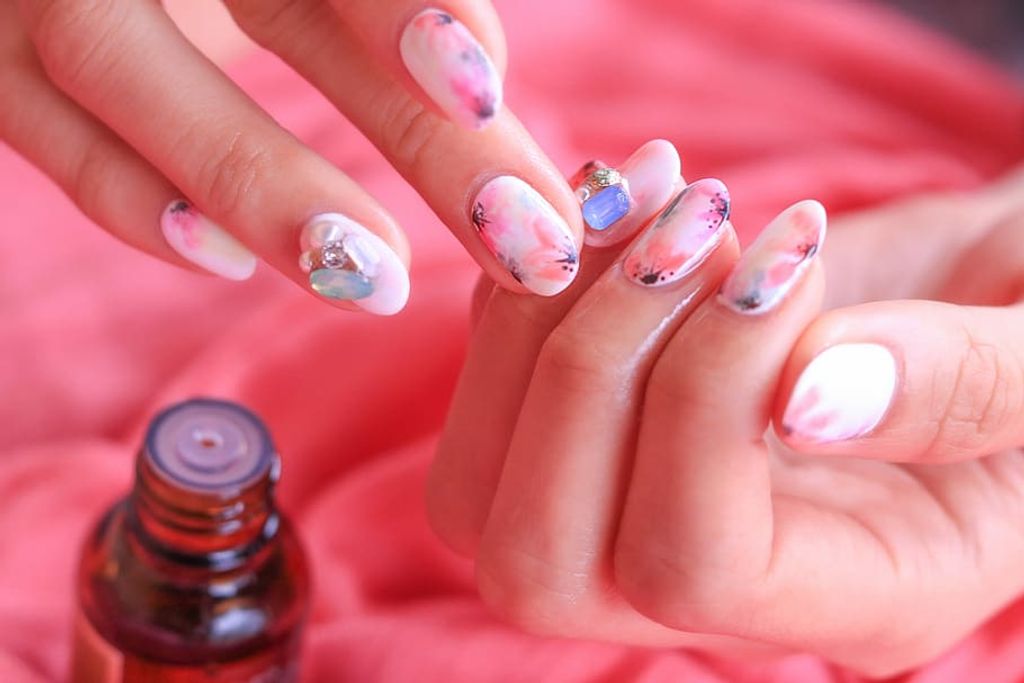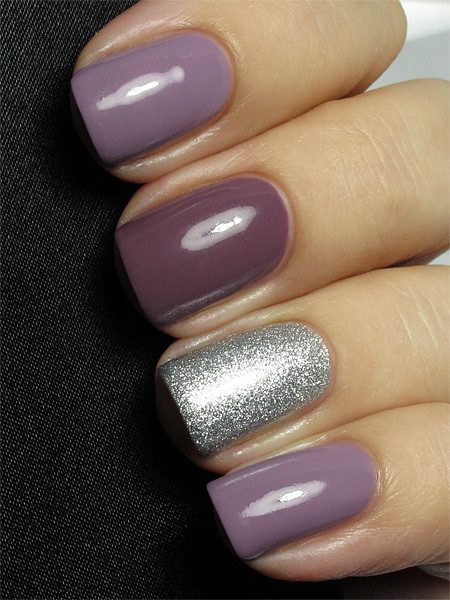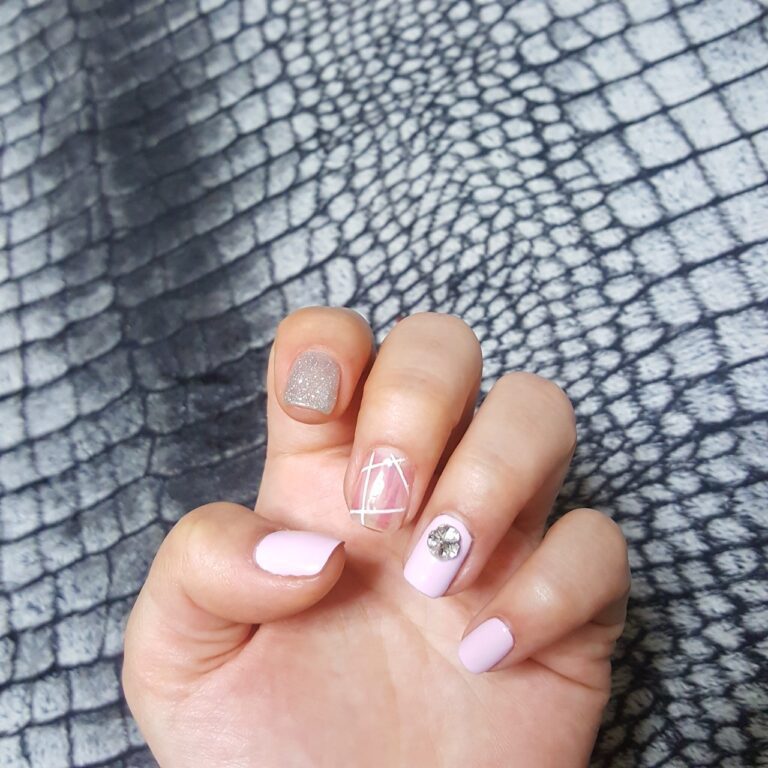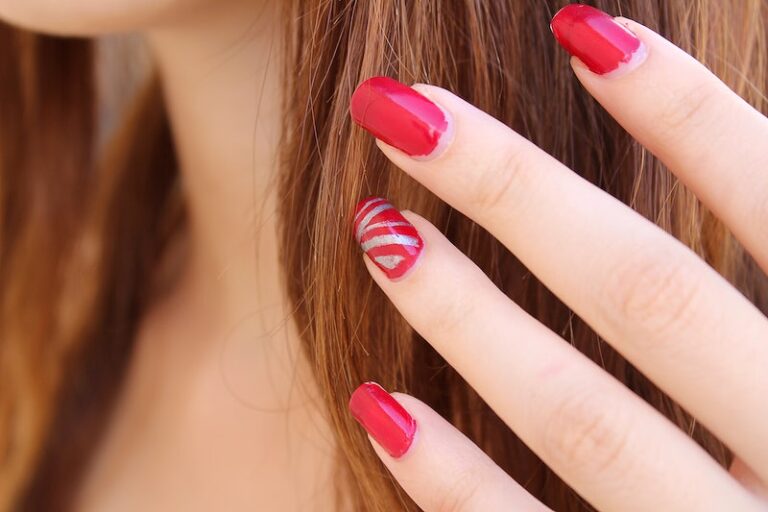“Ridge Revelations: Understanding Ridges on Nails”
Nail ridges can be a common concern for many individuals, and understanding their causes and treatment options is essential for maintaining nail health. In this article, we will explore the anatomy of nail ridges, the potential causes behind them, methods for diagnosing nail ridges, and various treatment options available.
Key Takeaways
- Understanding the anatomy of nail ridges can help identify the underlying causes.
- Health conditions and external factors can contribute to the development of nail ridges.
- Recognizing the signs and symptoms of nail ridges is important for timely intervention.
- Seeking medical advice for persistent or severe nail ridges is recommended.
- Home remedies and medical interventions are available for managing nail ridges.
The Anatomy of Nail Ridges

Understanding Nail Structure
The human nail is a complex structure that serves both aesthetic and functional purposes. It is composed of keratin, a type of protein that is also found in skin and hair. The nail itself is known as the nail plate, which rests on the nail bed, an area rich in blood vessels and nerves that support the nail’s growth and health.
The nail plate is created by the nail matrix, a tissue located at the base of the nail under the cuticle. As new cells are produced, they push older cells forward, causing the nail to grow. This process is continuous, and the rate of growth can be influenced by various factors such as age, nutrition, and health.
Proper nail care is essential for maintaining the strength and appearance of the nail plate. Regular moisturizing and protection from harsh chemicals can help prevent damage and preserve nail integrity. Here’s a basic guide to nail care:
- Keep nails clean and dry to prevent bacterial growth.
- Trim nails regularly to avoid splits and breaks.
- Use a gentle file to smooth edges and shape the nail.
- Apply a moisturizer to the cuticle and nail bed to promote hydration.
Tip: Always use sharp, clean nail tools to prevent injury and ensure a precise cut.
Types of Nail Ridges
Nail ridges are not all created equal; they vary in direction, appearance, and underlying causes. Vertical ridges, which run from the cuticle to the tip of the nail, are commonly associated with aging and are usually harmless. On the other hand, horizontal ridges, also known as Beau’s lines, may indicate a more serious health issue.
- Vertical Ridges: Often a sign of aging or minor nutritional deficiencies.
- Horizontal Ridges (Beau’s lines): Could signal systemic illness, trauma, or severe stress.
It’s crucial to observe the patterns of these ridges as they can be indicative of different health conditions. For instance, Beau’s lines are particularly noteworthy because they can develop as a result of systemic illness or poor nutrition. While a single horizontal ridge might be due to a past trauma or illness, multiple Beau’s lines across nails can suggest an ongoing health concern.
Tip: Regularly inspecting your nails for changes in ridge patterns can be an early indicator of health issues. If new or multiple ridages appear, consider consulting a healthcare professional.
Causes of Nail Ridges

Health Conditions
Several health conditions can manifest as ridges on nails, indicating the body’s internal state. Nutritional deficiencies, such as a lack of iron or protein, can lead to visible changes in nail texture. Similarly, skin conditions like eczema or psoriasis often affect the nails, causing irregularities including ridges.
Chronic diseases such as kidney disease or diabetes may also alter nail appearance. In these cases, ridges may be accompanied by other nail changes, which can serve as an early warning system for these conditions. It’s important to note that while some nail changes are benign, others can be indicative of more serious health issues.
Tip: Consistent observation of nail health can be a useful tool in monitoring overall well-being and may provide early clues to systemic health issues.
External Factors
Beyond health-related causes, external factors can also contribute to the formation of ridges on nails. Frequent exposure to water, harsh chemicals, or extreme weather conditions can lead to dehydration of the nails, making them more prone to ridging. Manicure practices, such as the use of gel nail polishes or acrylics, can also affect nail health. For instance, the Modelones gel nail polish kit is designed to be nail-friendly, but improper application or removal can still cause damage.
- Nutritional deficiencies
- Dehydration
- Harsh manicure practices
Tip: Always moisturize your nails after exposure to water or chemicals to help prevent ridges.
It’s important to consider the cumulative effect of these factors over time. Even small, seemingly insignificant actions, like frequent handwashing or using nail polish removers with acetone, can contribute to nail ridges if not balanced with proper nail care.
Diagnosing Nail Ridges

Signs and Symptoms
Identifying the signs and symptoms of nail ridges is crucial for early detection and treatment. The most common symptom is the visible appearance of raised lines or grooves running either lengthwise or across the nail. These ridges can be subtle or pronounced, and may be accompanied by changes in nail color or texture. It’s important to note that while some ridges are normal and simply a result of aging, others can be indicative of underlying health issues.
- Be alert to variations in ridge patterns*, as these can offer clues about your health. For example, horizontal ridges, also known as Beau’s lines, may suggest a past illness or nutritional deficiency. In contrast, vertical ridges are often associated with aging but can also signal dehydration or nutrient imbalances.
Tip: Regularly inspect your nails for any changes in ridge patterns or nail condition. If you notice new or deepening ridges, it’s advisable to keep a record of their progression for future reference during medical consultations.
When to Seek Medical Advice
While nail ridges are often harmless, certain signs warrant a visit to a healthcare provider. If you notice changes in the color or texture of your nails, experience pain, or if the ridges are accompanied by other symptoms such as swelling or redness, it’s important to seek medical advice. These could be indicators of underlying health issues that require attention.
It’s also crucial to consider the context of your nail ridges. For instance, if you’ve recently visited a nail salon and observe unusual symptoms afterward, it might be a sign of an infection or a reaction to the products used. In such cases, consulting a professional is advisable.
Remember, not all nail abnormalities are cause for alarm, but persistent or severe changes should not be ignored. Here’s a quick guide on when to consult a healthcare professional:
- Discoloration or severe textural changes in nails
- Pain associated with nail ridges
- Ridges appearing suddenly or spreading rapidly
- Presence of other symptoms like swelling, redness, or discharge
Tip: Keeping a record of your nail’s appearance and any accompanying symptoms can be helpful during a medical consultation.
Treatment Options for Nail Ridges

Home Remedies
In the quest to smooth out nail ridges, home remedies can be both accessible and effective. Regular moisturizing is a cornerstone of nail care, as it helps to maintain the flexibility and strength of the nails. Applying a gentle nail hardener can also provide additional support, especially for those with brittle nails prone to ridges.
- Moisturize regularly with lotions or oils
- Use a gentle nail hardener
- Massage the nail bed to improve circulation
Tip: Be cautious with the use of nail hardeners; excessive use can sometimes lead to further brittleness.
For a more natural approach, coconut oil has been touted for its ability to strengthen cuticles and alleviate common nail problems. Massaging your nail bed with cuticle oil not only nourishes the nails but also improves blood circulation, which is crucial for healthy nail growth.
Medical Interventions
When home remedies fail to smooth out nail ridges, medical interventions may be necessary. These treatments are typically more aggressive and are used for severe cases or when nail ridges are symptomatic of underlying health issues. One common intervention is the use of steroid injections, which can help in conditions like nail pitting associated with psoriasis.
For structural nail changes, such as thickened nails or significant ridging, laser treatments may be considered. These procedures aim to improve the nail’s appearance by carefully removing the affected layers. Additionally, medications, including topical tazarotene and vitamin D analogs, have shown promise in treating nail psoriasis, although evidence for their effectiveness in other nail disorders is limited.
Tip: Always consult with a dermatologist or healthcare provider to determine the most appropriate treatment for your nail condition. Self-medication can lead to complications and should be avoided.
It’s also important to address any nutritional deficiencies as part of the treatment plan. Supplements and a balanced diet can support nail health, but they should complement, not replace, medical advice.
If you’re looking for effective treatment options for nail ridges, you’ve come to the right place. At NAILinspire.com, we understand the frustration of dealing with nail ridges and we’re here to help. Our comprehensive online nail art design library offers a range of solutions to address nail ridges and achieve beautiful, healthy nails. Whether you’re interested in natural remedies, professional treatments, or DIY techniques, we’ve got you covered. Visit NAILinspire.com today to explore our collection of nail care resources and take the first step towards smoother, more radiant nails.
Frequently Asked Questions
What are nail ridges?
Nail ridges are raised lines or bands that appear on the surface of the fingernails or toenails.
Are nail ridges a sign of a health problem?
Nail ridges can sometimes be a sign of an underlying health condition, but they can also be a normal part of aging.
Can nail ridges be prevented?
While some nail ridges are unavoidable, maintaining good nail and overall health can help reduce the likelihood of developing ridges.
Do nail ridges require medical treatment?
In most cases, nail ridges do not require medical treatment. However, if ridges are accompanied by other concerning symptoms, it’s important to seek medical advice.
Can nail ridges be a sign of a vitamin deficiency?
Yes, nail ridges can sometimes indicate a deficiency in certain vitamins or minerals, such as iron, zinc, or vitamin B.
How can I improve the appearance of nail ridges?
Applying moisturizing nail products, keeping nails trimmed and filed, and protecting nails from harsh chemicals can help improve the appearance of nail ridges.







